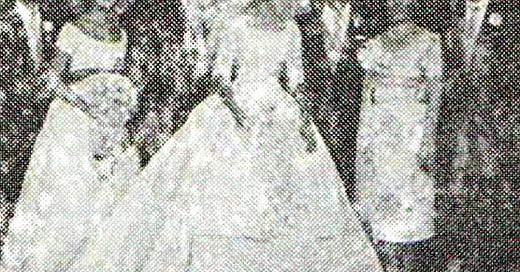In this follow-up episode to previous commentary on compaesani connections, I discuss not literal mafia marriages, but the importance of not being married to your presumptions or ideas about Cosa Nostra. Even when clear patterns and trends can be recognized or when evidence mounts, this subject can only be understood through flexibility of thought. The mafia is a rigid, structured organization that has maintained its traditions in countless ways, though it is also a dynamic and adaptive phenomenon that defies expectations.
While I’m confident in some of my own beliefs about what influenced these groups and this is largely evidence-based, the evidence itself can be vague or contradictory even when it comes directly from members themselves. Cosa Nostra is filled with contradiction. Its secrecy, verbal history, and the relative absence of concrete sources means outsiders have to be open-minded yet critical when attempting to understand its essence. Sometimes these seeming contradictions can even be reconciled when taking a “bigger picture” view of Cosa Nostra.
This episode is naturally tangential, as always, but the mafia is filled with tangents and it is through asides and unexpected details that we’ve been able to piece together a history of the organization. Small details, we’ve learned, can fundamentally change our understanding of this history and as researchers, historians, or simply observers we have to be open to new details shifting our view of the big picture.














Share this post